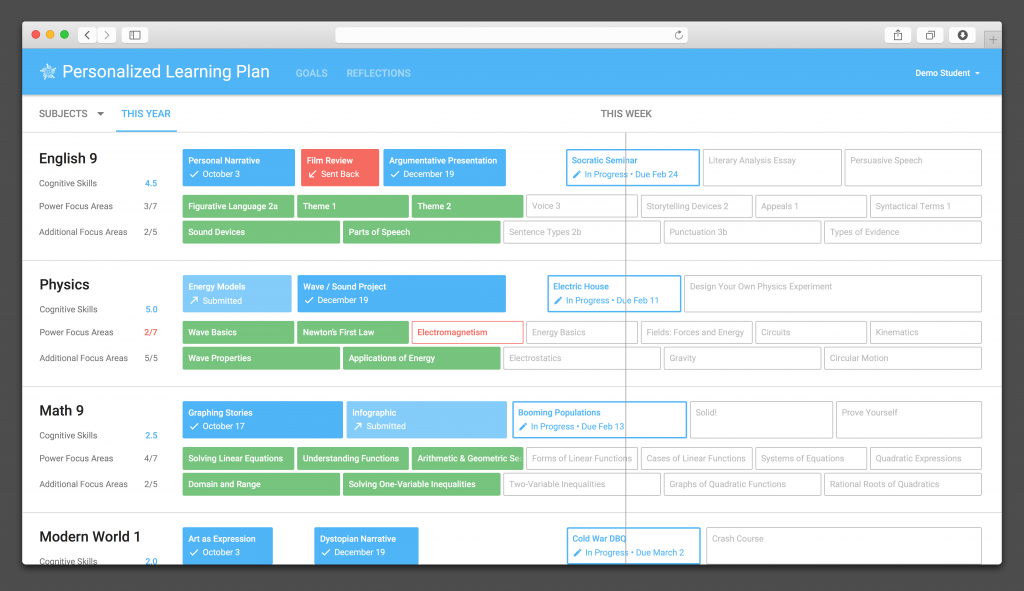By Doug Ward
All too often, we pursue teaching as an individual activity. We look at our classes as our classes rather than as part of continuum of learning. And we are often ill-prepared to help other instructors engage in a course’s evolution when they take it over. We may pass along course material, but rarely do we pass along the background, context, and iterations of a course’s development.
In a recent portfolio for the Center for Teaching Excellence, Holly Storkel and Megan Blossom explain how they did exactly that, demonstrating the benefits of collaboration in improving learning and in keeping the momentum of improvement intact.

Storkel, a professor and chair of speech-language-hearing, added active learning activities to a 400-level class called Language Science, a required undergraduate class on the basic structure of the English language. The changes were intended to help students improve their critical thinking and their interpretation of research articles. Blossom, who was a graduate teaching assistant for the class, built on that approach when she later took over as an instructor.
Storkel had taught the class many times and had been mulling changes for several years to help students improve their ability to find and work with research.
“I decided they should start reading research articles and get more familiar with that: understand how to find a research article, understand how to get it from the library, have basic skills of how to read a research article,” Storkel said in an interview. “And this class is supposed to be kind of the sophomore-junior level so that then, as they move to the junior-senior level, they would have the skills to find a variety of papers and do the synthesis across the papers and where that sort of things is the next level up. But I figured, ‘You can’t synthesize information if you didn’t understand what it is to begin with.’ ”
Blossom, who is now an assistant professor at Castleton University in Vermont, taught the same class three semesters later, building on Storkel’s work but making several changes based on the problem areas that she and Storkel identified. She reduced the number of research articles that students read in an attempt to give them more time in class for discussion. She also added pre-class questions intended to help students better prepare for in-class discussions, worked to make those discussions more interactive, and provided structured questions to help students assess articles.
In later discussions, Blossom let students guide the conversations more, having them work in pairs to interpret a particularly challenging article. To gain a better understanding of methods, students also created experimental models like those used in the article. Blossom pooled their results and had students compare the differences in their findings.
In their course portfolio, Storkel and Blossom said the changes improved class discussions about research and helped instructors devote more one-on-one attention to students in class. That was especially helpful for students who struggled with concepts. They also said the process itself provided benefits for students.
The benefits of collaboration
In a recent interview, Storkel said that collaboration was crucial in gaining a shared understanding of what students were learning from the class and where they were struggling. Rather than telling Blossom what to do, they talked through how they might make it better. She suggested that others use the same approach to improving classes.
“I think one thing that I would say to that is sort of sharing what you know so that you can get on the same page,” Storkel said. “Look at some student work and say, ‘Here’s how I taught the class. Here’s what the performance on this assignment looked like. They were doing pretty well with this but there were some struggles here, and so that might be something you want to think about if you’re going to keep some of these activities, or even if you’re doing different activities this seems to be a hard concept for them to learn or this process seems to be the part that’s really a stumbling block.’ ”
Storkel suggested that faculty engage in more conversations about the courses they teach and use course portfolios to make shared information more visible.
Portfolios provide a means to look at a class “and say, ‘What skills are people taking away from this? Where am I having a challenge?’ ” Storkel said, adding: “It’s already in a format then that is shareable and that’s more than just, ‘Here are my lecture notes’ or ‘Here are my slides. Here’s the syllabus.’ Here’s what actually happened. I think having rich records that can be easily handed off is good.”
Assessment also provides opportunities for increased sharing of experiences in courses, Storkel said.
“That might be another place where you can have a conversation around teaching, and then it might not even be attached to a particular class but more, ‘Here’s a particular skill. Students aren’t always getting it.’ So as I approach this class where that skill needs to be incorporated or we expect that to happen, now I’ve some idea of what might be challenging or not.”
It all starts with a willingness to share experiences, to put defensiveness aside, and to focus on what’s best for students.
Doug Ward is the associate director of the Center for Teaching Excellence and an associate professor of journalism. You can follow him on Twitter @kuediting.




Recent Comments